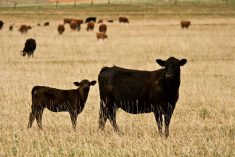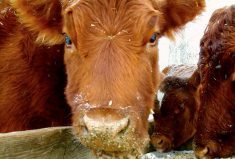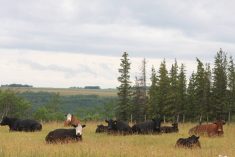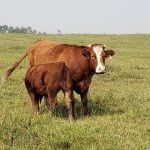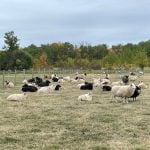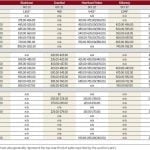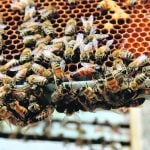Compared to last week, western Canadian yearling prices steady to $5 lower while calves traded steady to as much as $10 lower. Alberta feedlots were shopping across the Prairies; light demand surfaced from eastern Canadian buyers while subdued buying interest was noted from the U.S.
Limited numbers were on offer in the eastern Prairie regions but regular sales are occurring in central Alberta; certain auction markets in Saskatchewan had some higher-quality strings. A defensive tone was noted early in the week as U.S. fed cattle markets came under pressure. Adverse trade rhetoric from the U.S. government also contributed to softer price structure. Feedlot operators are known to be gamblers but they’re not known to take uncalculated risks.
Read Also
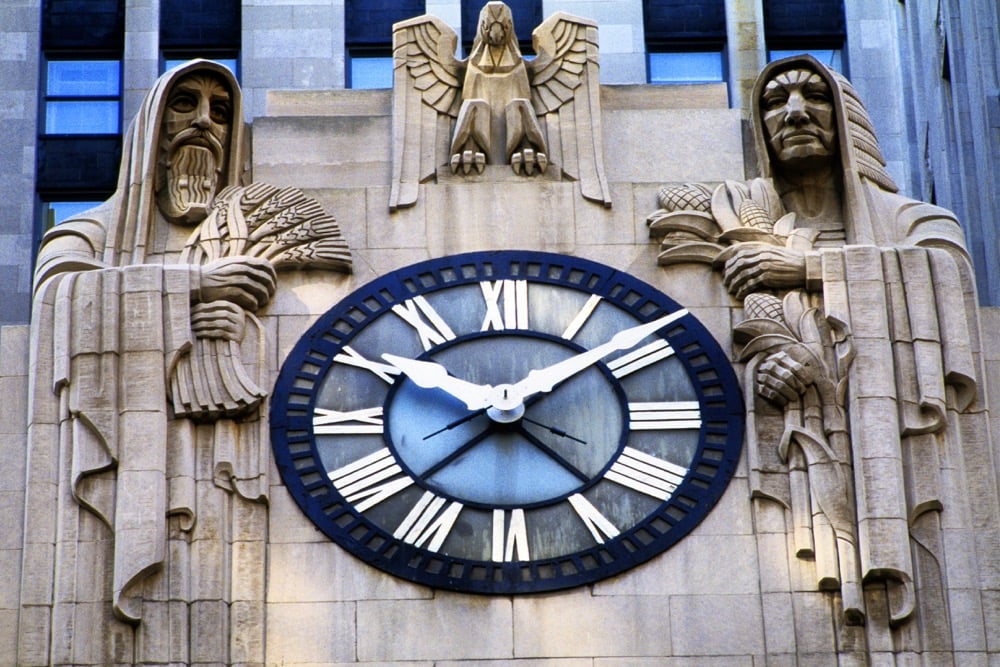
U.S. grains: Soy futures set 15-month high after China agrees to purchases
U.S. soybean futures reached a 15-month high on Thursday after President Donald Trump’s administration said top-importer China agreed to buy tens of millions of tons of American crops in the next few years as part of a trade truce.
Larger-frame medium- to lower-flesh tan steers weighing just under 950 lbs. were quoted at $175 landed in southern Alberta. In central and southern Alberta, 800- to 850-lb. medium-frame medium- to lower-flesh steers were readily trading from $190 to $195. In eastern Saskatchewan, larger-frame mixed steers weighing 800 to 825 lbs. were quoted from $193 to $198. The market was relatively flat across the Prairies.
Buyers appeared to incorporate a risk discount in the lighter weight categories and calves were quite variable. Calves haven’t traded this low since March but prices felt unstable given the lacklustre demand. Mixed medium-frame steers weighing 700 lbs. were trading from $198 to $202 while heifers floated at a $15 to $20 discount on average. There were a few features of larger-frame lower-flesh heifers averaging 650 lbs. trading up to $190 in central Alberta. Pencils were extremely sharp; noted discounts came quickly on sub-quality and unweaned or semi-weaned calves.
The U.S. has experienced consecutive sharp year-over-year increases in its calf crop, while Statistics Canada actually trimmed its 2016 calf numbers. Backgrounders and feedlot operators are looking to the U.S. for market direction later in fall, when the bulk of its calves come on stream.






